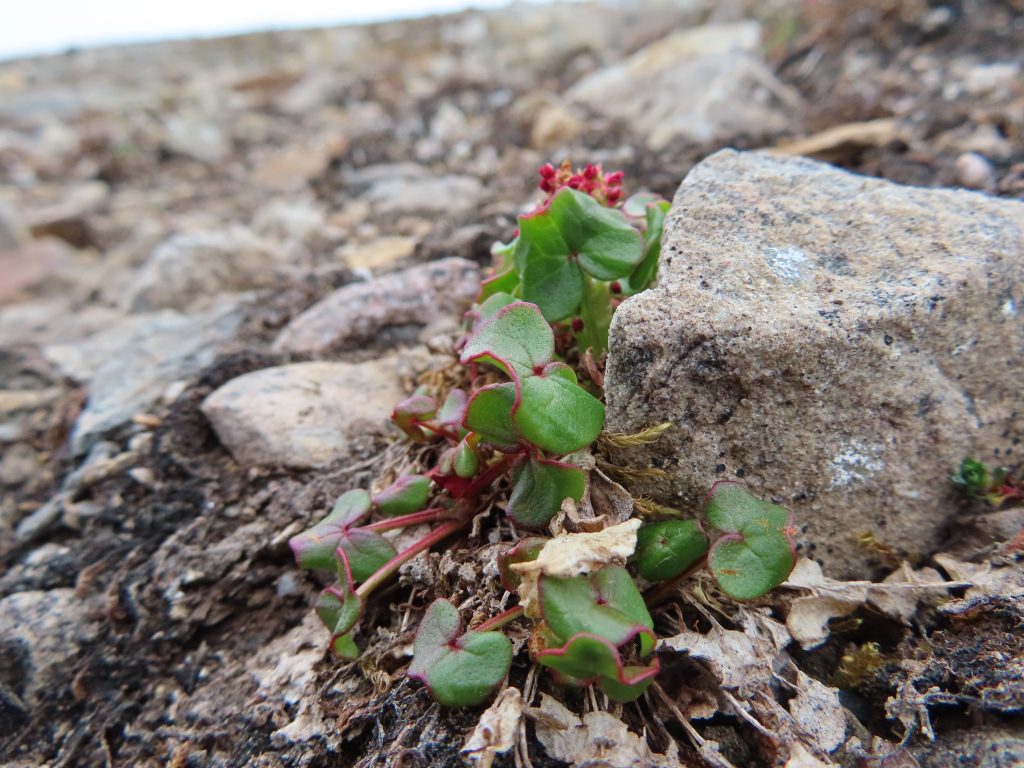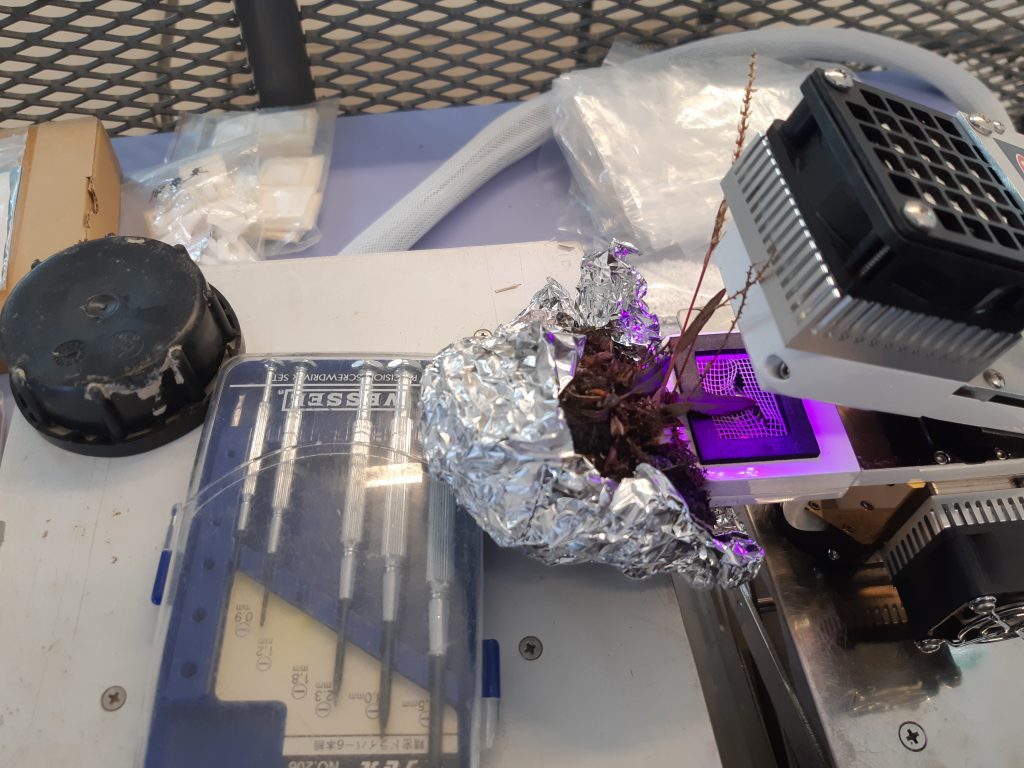Photo: Gunn Sissel Jaklin
How does vascular plants respond to global warming?
Written by Masaki Uchida
Adapted by Ingrid Kjerstad
Vascular plants is one of the important producers in the Arctic terresterial ecosystems. To predict the future function of the tundra ecosystem, in respect of carbon and nitrogen cycles, we need to know something about how the plants respons to global warming!

To investigate this further, researchers from Japan, lead by the National Institute of Polar Research (NIPR), has been in Ny-Ålesund Research Station this summer! They have been looking into photosynthetic and respiration characteristics of vascular plants sampled from the field in close vicinity to the Research Station.
Further work will inolve comparinsons of ecophysiological characteristics at various localities were temperature conditions are different.

Looking for a scientific network within terresterial ecosystems in Ny-Ålesund? Check out the Terresterial Ecosystem Flagship program!
The National Institute of Polar Reserach NIPR)
NIPR is providing infrastructure, support, samples, materials and information to the Japanese research community for the Arctic and Antarctic research and monitoring.
NIPR does not have a year-round staff in Ny-Ålesund Research Station at present, but assesses, accepts and hosts projects in Ny-Ålesund proposed by researchers from Japan. NIPR has had a presence in Ny-Ålesund since 1991.
Did you find what you were looking for?